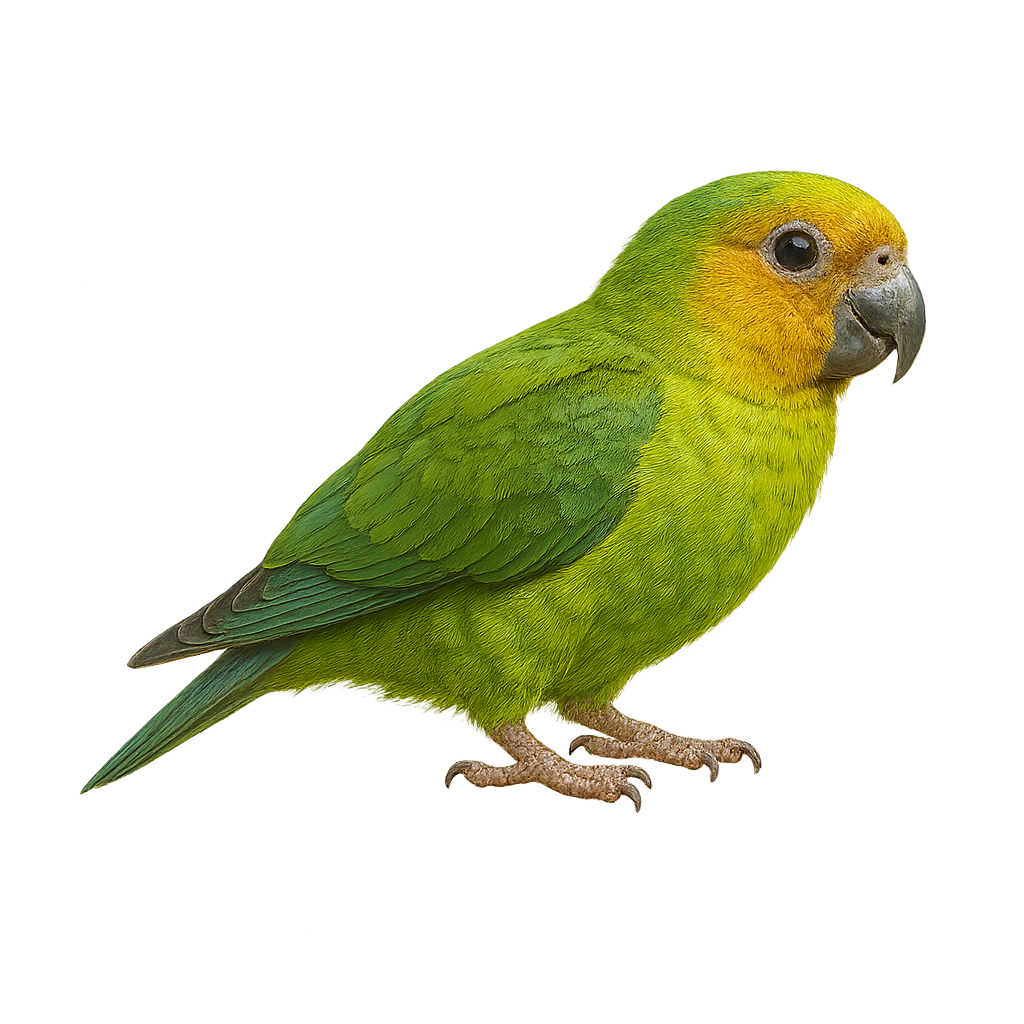Your wildlife photography guide.
Explore the buff-faced pygmy parrot in detail, study its behavior, prepare your shots.
Where to observe and photograph the buff-faced pygmy parrot in the wild
Learn where and when to spot the buff-faced pygmy parrot in the wild, how to identify the species based on distinctive features, and what natural environments it inhabits. The WildlifePhotographer app offers tailored photography tips that reflect the buff-faced pygmy parrot’s behavior, helping you capture better wildlife images. Explore the full species profile for key information including description, habitat, active periods, and approach techniques.
Buff-faced Pygmy Parrot
Scientific name: Micropsitta pusio

IUCN Status: Least Concern
Family: PSITTACIDAE
Group: Birds
Sensitivity to human approach: Suspicious
Minimum approach distance: 5 m
Courtship display: June to July
Incubation: 19-21 jours
Hatchings: June to August
Habitat:
Tropical rainforests, dense canopies
Activity period :
Primarily active during the day, with peak activity in the morning and late afternoon.
Identification and description:
The Buff-faced Pygmy Parrot, or Micropsitta pusio, is the smallest parrot in the world, measuring about 8 to 9 cm in length. It is primarily green with a distinctive yellow face and blue markings on the wings. This parrot inhabits the tropical rainforests of New Guinea and surrounding islands. It feeds mainly on lichens, mosses, and fungi found on tree trunks. Its behavior is discreet, making it difficult to observe in its natural habitat. It lives in small groups and uses tree cavities for nesting. Its small size and green plumage provide excellent camouflage in the dense canopy.
Recommended lens:
400 mm – adjust based on distance, desired framing (portrait or habitat), and approach conditions.
Photography tips:
To photograph the Buff-faced Pygmy Parrot, it is advisable to use a 400mm lens or greater to capture precise details without disturbing the bird. Look for it in tropical rainforests, where it blends into the dense canopy. Be patient and attentive to subtle movements in the trees. Use a tripod to stabilize your camera and wait for the bird to perch for a sharp image. The natural light of the morning or afternoon can provide ideal lighting to highlight the vibrant colors of its plumage.
The WildlifePhotographer App is coming soon!
Be the first to explore the best nature spots, track rutting seasons, log your observations, and observe more wildlife.
Already 1 432 wildlife lovers subscribed worldwide

